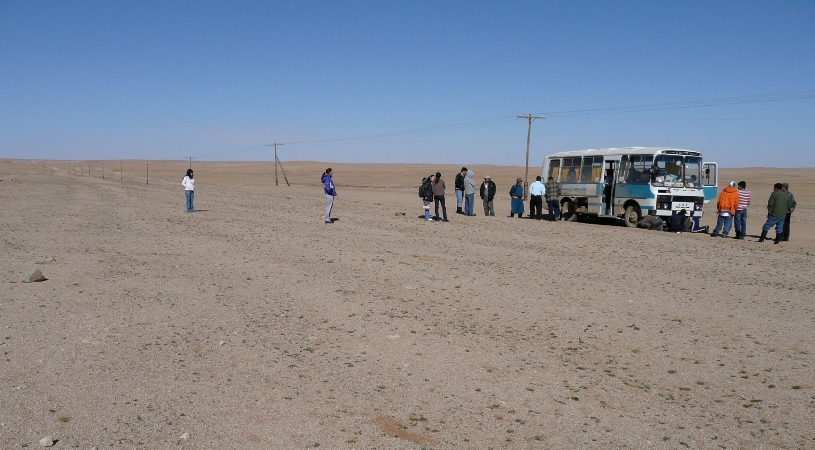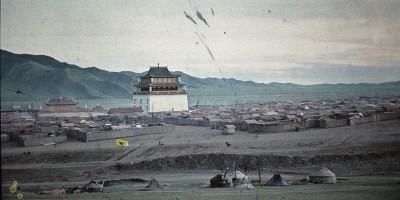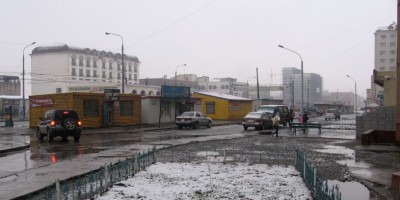This is my last “Teaching Against the Odds” post. As I move from writing about my experiences as a teacher and onto other topics of professional interest, I want to leave on a high note by writing about the students. School buildings, supplies, curricula, and teachers are irrelevant when there are no students. And as much as my students can make me want to pull my hair out at times, they are what makes teaching worthwhile and meaningful. They are also an essential part of Mongolia’s bright future, and as President Elbegdorj has said, ‘Улсын сайн хүнээсээ, хүний сайн хүүхдээсээ’ (A nation’s goodness is from its people, people’s goodness is from their children).1
I was curious about how my students envision the future for themselves, so last week I conducted a survey at my school asking 141 students ages 7-20, in grades 2-11 (77% of the student population) what they wanted to be when they grow up. I got a interesting mix of results–the somewhat expected choices such as teacher, doctor, and singer and surprises such as lama, judo instructor, and presidential secretary. For girls the top choices were doctor (14), teacher (12), lawyer (4), and economist, singer, and dancer (with 3 each). For boys police (7), economist (5), and doctor, singer, driver, mining engineer, and muurin khuur musician (with 4 each) were most popular. It should be noted that I work at a magnet school for the performing arts which might skew results in the artistic profession direction a bit more than other schools. Other popular choices were translator, company director, clothing designer, horse trainer, accountant, and building engineer. Unlike when I was a Peace Corps volunteer eleven years ago and economic conditions were very different, only 2 boys wanted to be herders and there were just 4 hopeful drivers. Although, today ‘driver’ probably doesn’t mean a taxi driver but instead a Caterpillar bulldozer or some other giant earth moving machine operator. Altogether the 141 students named 64 unique occupations.
It is encouraging to see such a diverse set of responses. The selections also underscore that students will need strong math and science skills, at least one foreign language, and a lot of creative thinking skills to reach their goals. Mongolian education has always placed a strong emphasis on math, science, and foreign language, so perhaps the primary place for teachers to focus their energy is on developing creative thinking skills. Although the system has been moving away from rout memorization for years now, it still struggles with teaching creativity, the ability to question and investigate, and thinking outside the box. I think back on my school days when I wrote reports on panda bears, local historical floods, and other topics that I found interesting and how much those assignments taught me about the process of thinking, synthesizing information, and writing. I know my students can be creative–their dancing, singing, and music skills always amaze me–but we need to work on bringing out their creativity in the classroom. Creative, independent thinking children turn into problem solving adults, and those are the adults that will truly bring out the best of Mongolia.
About the Author
Sarah (Sadie) Munson currently lives and works in Umnugobi Province as an English teacher. She holds a bachelors degree from the University of Montana and a Masters of Human Ecology from the University of Wisconsin. Her professional interests and experiences include primary and secondary education, child development and family education, and community development. She can be reached at sarahmunson@gmail.com.
Footnotes
1. Цахиагийн Элбэгдорж, “Эрдэм Боловсролтой Монгол Хүн”, Impress, 2012, 1 хуудас.



